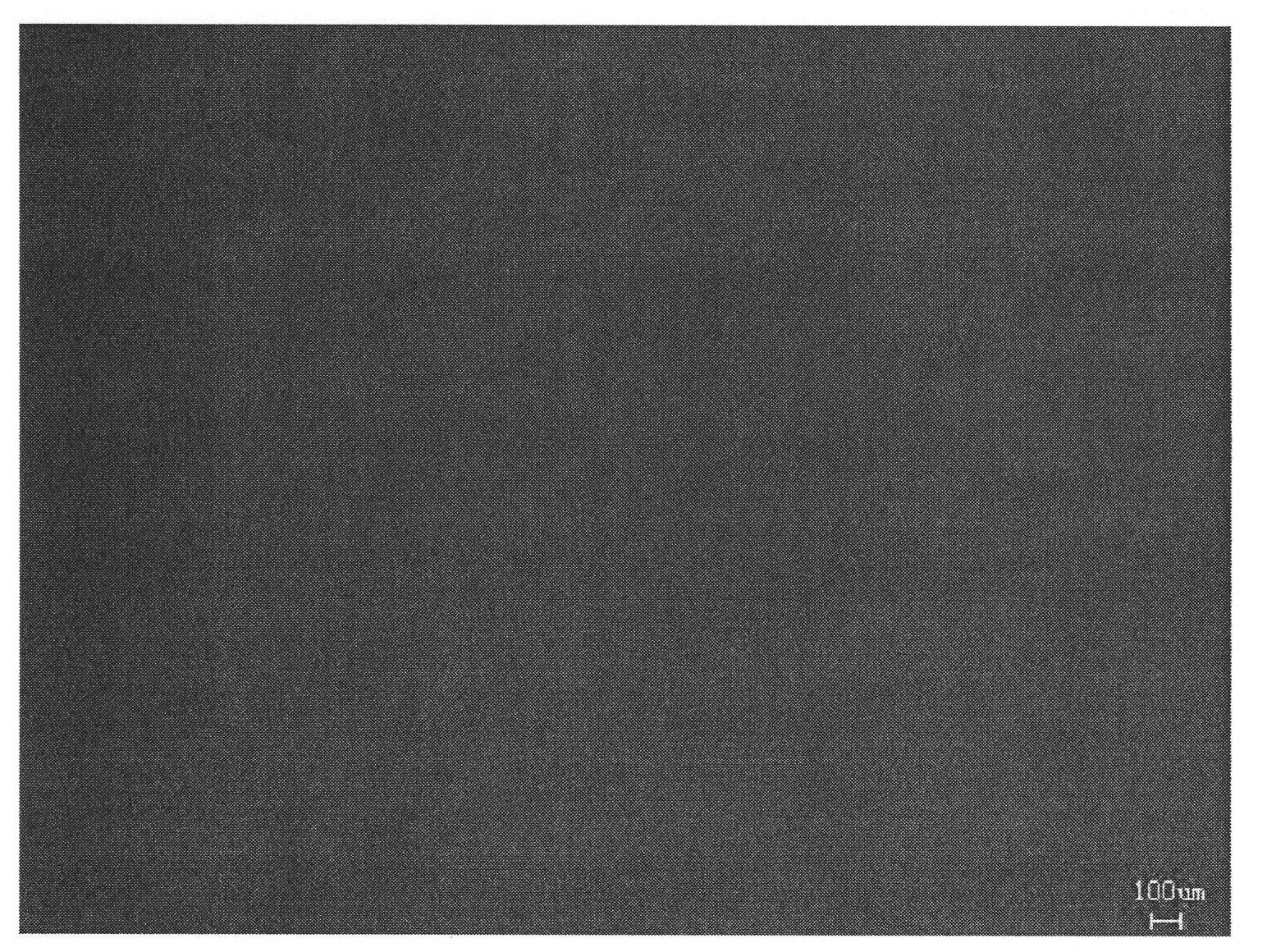Method for cleaning pollutants on surface of silicon carbide wafer
A silicon carbide and pollutant technology, which is applied in chemical instruments and methods, cleaning methods and utensils, and cleaning methods using liquids, etc., can solve problems such as small accumulation of experience, no unified cleaning process, and late start of cleaning process.
- Summary
- Abstract
- Description
- Claims
- Application Information
AI Technical Summary
Problems solved by technology
Method used
Image
Examples
Embodiment 1
[0021] Embodiment 1: cleaning of general silicon carbide wafer surface
[0022] First, make a mixed solution of acetone and ethanol according to the ratio of 3:1, and heat to 50°C. During the cleaning process, place 3 cups of the above-mentioned hot mixed solution, soak the silicon carbide wafer in each cup of solution for 3 minutes, and clean in turn. After cleaning 6 wafers, replace the first cup of turbid solution, the remaining three cups in sequence, and replace the last cup with a new clean mixed solution. After washing 3 silicon carbide wafers, use the same method to replace with a glass of mixed solution. During the cleaning process, the ratio of replacement can be determined according to the amount of wax and the turbidity of the solution, so as to achieve the best cleaning effect and the most cost-effective benefits.
[0023] The silicon carbide wafer cleaned with acetone should achieve the following effect: no visible pollutants on the surface when observed under ...
Embodiment 2
[0028] Embodiment 2: Cleaning of the surface of a silicon carbide wafer with serious pollution.
[0029] The paraffin wax on the surface of the silicon carbide wafer was cleaned with acetone heated to 50°C. The cleaning process is the same as in Example 1. Place 3 cups of hot acetone solution to clean the silicon carbide wafers sequentially. After cleaning 6 wafers, replace the first cup of turbid acetone, and then use the same method for each 3 silicon carbide wafers. Replace with a cup of acetone.
[0030] There should be no visible contaminants on the surface of the silicon carbide wafer cleaned with acetone when observed under a strong light. Afterwards, the surface of the silicon carbide wafer was rinsed with deionized water and the silicon carbide wafer was ultrasonically cleaned in an ethanol solution. The specific cleaning method was the same as in Example 1.
[0031] Heat the silicon carbide wafer in 30% hydrogen peroxide solution at 70°C for 3 minutes, take out the...
PUM
 Login to View More
Login to View More Abstract
Description
Claims
Application Information
 Login to View More
Login to View More - R&D Engineer
- R&D Manager
- IP Professional
- Industry Leading Data Capabilities
- Powerful AI technology
- Patent DNA Extraction
Browse by: Latest US Patents, China's latest patents, Technical Efficacy Thesaurus, Application Domain, Technology Topic, Popular Technical Reports.
© 2024 PatSnap. All rights reserved.Legal|Privacy policy|Modern Slavery Act Transparency Statement|Sitemap|About US| Contact US: help@patsnap.com










